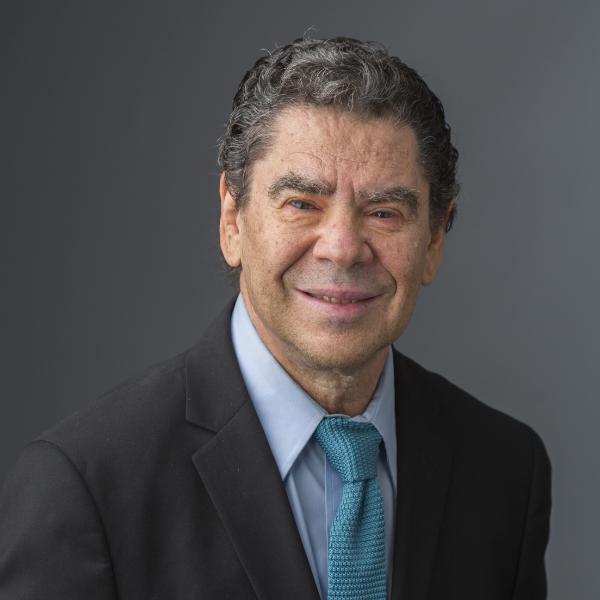
About
Joseph D. Etlinger, Ph.D.
Chair, Cell Biology and AnatomyProfessor, Cell Biology and Anatomy School of MedicineProfessor, Cell Biology and Anatomy Biomedical Sciences

Education
- B.S., Physics, Rensselaer Polytechnic Institute
- Ph.D., Biophysics, University of Chicago
- Postdoctoral Fellowship, Physiology and Biochemistry, Harvard Medical School
Areas of Expertise
- Skeletal muscle growth and atrophy
- Molecular mechanisms
- Selectivity of intracellular proteolysis in erythroid and muscle cells
- Role of proteasomes and ubiquitin
- Spinal cord injury
- Pulmonary hypertension
- General Human Biology
Honors and Awards
- Established Investigator of the American Heart Association
- Irma T. Hirschl Award, Principal Investigator on grants from NIH, NASA and MDA
Research
With Alfred L. Goldberg, Dr. Etlinger discovered non-lysosomal ATP-dependent proteolytic activity, credited by awardees of the 2004 Nobel Prize in chemistry, as the seminal observation revealing the proteasome/ubiquitin system. In subsequent studies, with his students and colleagues, novel factors involved in the regulation of this pathway including a ubiquitin ligase critical to pulmonary arterial hypertension were identified. Dr. Etlinger proposed how myofibrils turnover during muscle growth and atrophy and the roles of calcium, ATP, and beta-adrenergic receptors in these conditions. Finally, he identified modalities to improve recovery from spinal cord injury including beta-agonists, x-irradiation, and inhibitors of glucose toxicity.
Publications
- Zeman RJ, Brown AM, Wen X, et. al. "Tempol, a Superoxide Dismutase Mimetic, Inhibits Wallerian Degeneration Following Spinal Cord Injury by Preventing Glutathione Depletion and Aldose Reductase Activation." Journal of neurotrauma, 41(17-18), (2024) 2186-2198. doi: 10.1089/neu.2024.0137
- Zeman RJ, Wen X, Ouyang N, et. al. "Role of the Polyol Pathway in Locomotor Recovery and Wallerian Degeneration after Spinal Cord Contusion Injury." Neurotrauma reports, 2(1), (2021) 411-423. doi: 10.1089/neur.2021.0018
- Sehgal PB, Westley J, Lerea KM, et. al. "Biomolecular condensates in cell biology and virology: Phase-separated membraneless organelles (MLOs)." Analytical biochemistry, 597(), (2020) 113691. doi: 10.1016/j.ab.2020.113691
- Zeman RJ, Wen X, Moorthy CR, et. al. "Therapeutic target for external beam x-irradiation in experimental spinal cord injury." Journal of neurosurgery. Spine, 32(5), (2020) 649-656. doi: 10.3171/2019.11.SPINE19305
- Murakami K, Etlinger JD. "Role of SMURF1 ubiquitin ligase in BMP receptor trafficking and signaling." Cellular signalling, 54(), (2019) 139-149. doi: 10.1016/j.cellsig.2018.10.015
- Etlinger JD. "An Exciting Couple." Journal of pediatric ophthalmology and strabismus, 55(3), (2018) 149-150. doi: 10.3928/01913913-20180409-04
- Brown A, Nabel A, Oh W, et. al. "Perfusion imaging of spinal cord contusion: injury-induced blockade and partial reversal by β2-agonist treatment in rats." Journal of neurosurgery. Spine, 20(2), (2014) 164-71. doi: 10.3171/2013.10.SPINE13113
Teaching Responsibilities
- Medical Cell Biology and Anatomy
- Graduate Histology and Graduate Cell Biology
- Dental Histology
- Cell Biology Topics
- Journal Club

